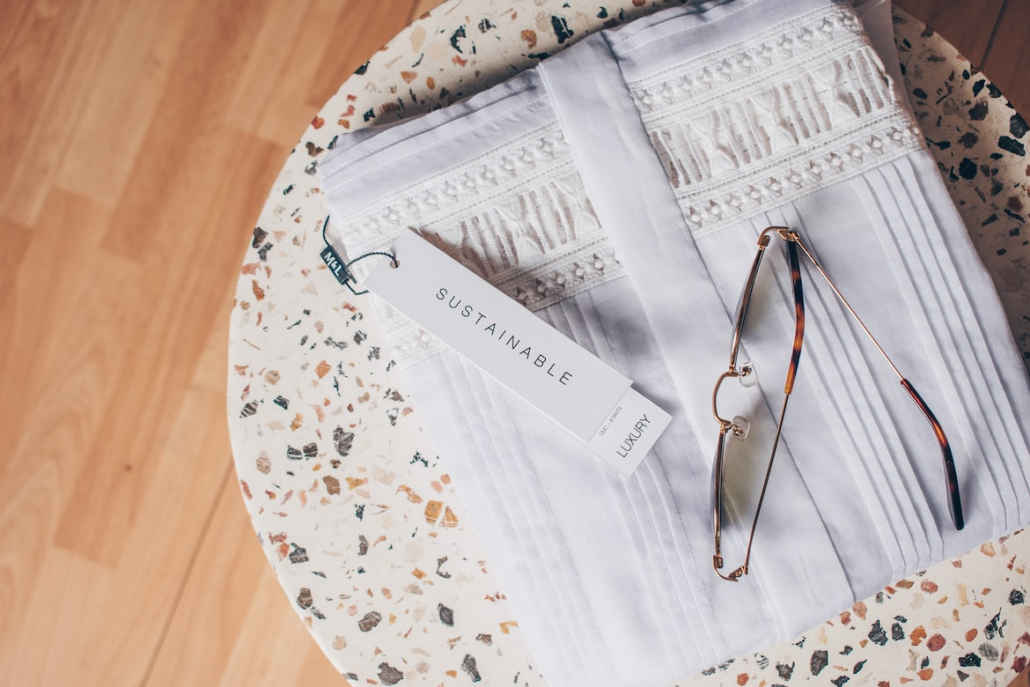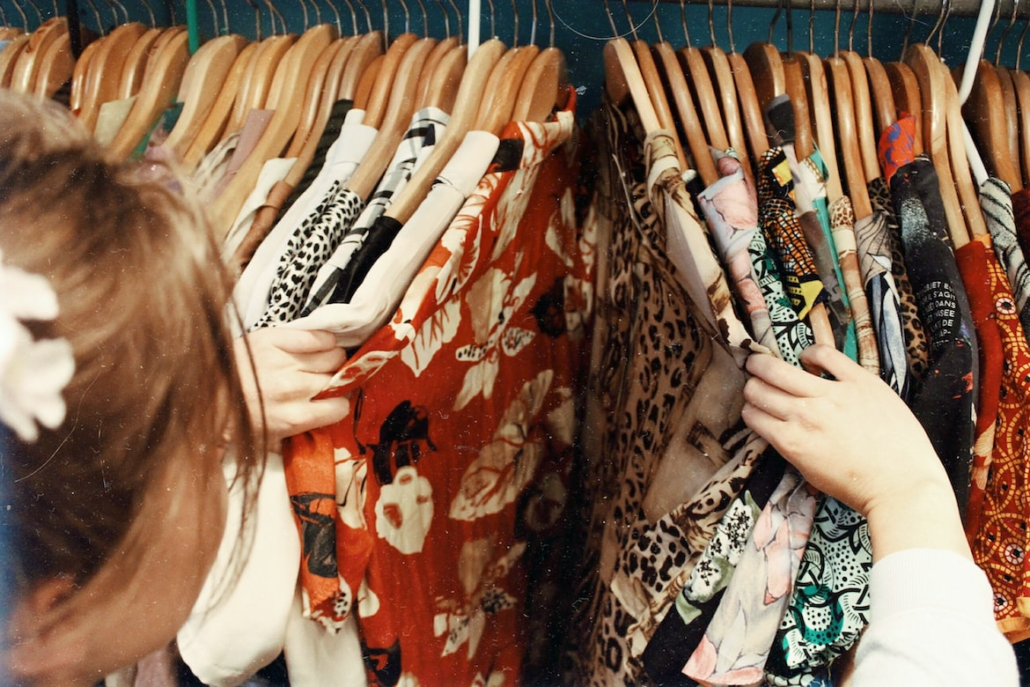The fashion industry accounts for a staggering 10% of global carbon emissions, but you, as a conscientious apparel business owner, have the power to make a positive impact on the entire industry for the better by becoming a sustainable fashion brand. By adopting sustainable practices, you can still deliver on all fronts – quality, and style – while also leaving a minimal environmental footprint.
To achieve all of that, you don’t have to make drastic changes to your overall business plan, you just have to adopt the right mindset and recognize the importance of sustainable clothing and the social impact the entire movement has on the planet and our society.
Follow our comprehensive guide for useful tips, recommendations, and innovative ideas, and you’ll be on your way to building a truly sustainable fashion empire.
Research and Understand the Sustainable Fashion Landscape
Even if you have been in the business for a long time, there’s always room for strides forward and drastic improvements. Understanding the nuances of sustainable fashion is your first step. Research industry trends, production processes of fashion giants, sustainable fabrics, and ethical production processes.
The more knowledge you possess, the better prepared you’ll be to make informed decisions as you expand and grow your business.
Actionable Tips:
- Browse through credible sustainability blogs and websites, such as Eco-Age and Fashion Revolution, to learn about the latest trends and best practices.
- Attend sustainable fashion events and workshops to network with like-minded professionals and stay up-to-date on innovative practices.
- Consider partnering with a sustainability consultant or advisor to ensure your business remains on the right track.
Revamp Your Strategy
After you’ve gathered knowledge that is now powering you toward new heights, it’s time to take a look at the strategies you are currently employing and recognize where you can streamline, optimize and improve.
Select and Vet your Suppliers Carefully
Managing the supply chain is a crucial aspect of any business, and with sustainable fashion, it’s essential to choose suppliers who share your eco-conscious vision. Your brand’s reputation depends on the production practices and materials these suppliers use.
Actionable Tips:
- Opt for GOTS (Global Organic Textile Standard) or OEKO-TEX-certified suppliers to ensure eco-friendly practices are followed.
- Collaborate with local artisans and small-scale businesses to maintain supply chain transparency and ethical sourcing.
- Hold regular audits and supplier evaluations to ensure continuous improvement and adherence to sustainable benchmarks.
Innovate with Environmentally Friendly Materials and Designs
Creating sustainable fashion requires constant innovation in materials and designs. It’s essential to keep an open mind and explore new, eco-friendly opportunities in product development.
Actionable Tips:
- Source for innovative and sustainable textiles such as Pinatex (pineapple leather), Tencel, and organic cotton.
- Give new life to deadstock fabrics and upcycle discarded garments to reduce material waste and carbon footprint.
- Incorporate a circular design mindset by ensuring products are designed to be easily repaired, updated, or leverage the popularity of recycled material.
Embrace Transparency and Communicate your Sustainability Efforts
Your customers value transparency and will likely be more loyal to a sustainable clothing brand that openly shares its sustainability goals, production practices, and achievements. Be prepared to communicate your eco-conscious efforts from day one—in fact, make it a cornerstone of your marketing strategy.
Actionable Tip:
- Share information about your suppliers, materials, and ethical practices on your website, product labels, or social media.

Focus on your Supply Chain
Sustainability has become a buzzword in recent years, but it’s not just a trend that will fade away. Sustainable practices in business have a significant impact on a company’s economic, social, and environmental performance. Sustainable supply chain management is one crucial aspect of sustainable practices in business.
Now that we’ve established that fashion may be fabulous, it’s far from eco-friendly. With consumer trends leaning towards green alternatives and regulations on environmental accountability tightening, there’s no better time to embrace sustainability in your supply chain. Let’s explore some of the best ways you can become an apparel business that’s sustainable and eco-friendly.
Practical Steps Towards a Sustainable Supply Chain
Now that we’ve established the importance of embracing sustainability in your fashion business let’s discuss some actionable steps you can take to get started:
1. Evaluate your Current Supply Chain:
Conduct a thorough review of your current supply chain to identify areas where you can implement sustainable practices. Determine the environmental impact of each stage, from raw material sourcing to production, transportation, packaging, and disposal.
2. Collaborate with Eco-Conscious Suppliers:
Partner with suppliers that prioritize sustainability and promote excellent governance, ethical labor practices, and minimal environmental impact. For example, choose suppliers with certifications that demonstrate their commitment to sustainability, such as Fair Trade Certification or GOTS.
3. Incorporate Circular Economy Principles:
Adopt a circular economy mindset by promoting recycling, reuse, and repair within your supply chain. Giving customers incentives to return used products or creating upcycling initiatives are great ways to minimize waste.
4. Transparency and Traceability:
Implementing an enterprise resource planning (ERP) system can significantly benefit sustainability efforts in the fashion industry. With an ERP system, fashion businesses can track the use of materials, the management of waste, and energy consumption across their entire supply chain, including in-house production, textile mills, and logistics. And as we progress toward the future, more and more apparel businesses recognize the need to follow the latest technology trends in the fashion industry, and those trends can very well be the difference between success and failure.
This data can then be used to identify areas for improvement, such as reducing carbon emissions from transportation and improving water management in textile mills. Sustainable brands can also use ERP to improve the transparency and traceability of their products, providing customers with information on product origin, manufacturing processes, and material sourcing. Ultimately, implementing an ERP system can help fashion businesses meet sustainable initiatives as well as improve efficiency and profitability.
The Benefits of Sustainability: Going Green can Bring in the Green
Implementing sustainability in your supply chain isn’t just good for the environment; it’s also good for your business. Here are some of the benefits:
- Improved brand image: Today’s consumers are increasingly eco-conscious and prefer brands that share their values. Demonstrating your commitment to sustainable practices can attract potential customers and enhance your brand’s reputation.
- Cost savings: Incorporating sustainable practices often results in reduced waste and more efficient use of materials, ultimately leading to cost savings. For example, certain sustainable fashion brands have implemented a recycling program that transforms old garments into new sustainable products, saving both money and resources.
- Regulatory compliance: Governments worldwide impose stricter environmental regulations on businesses, from carbon emissions to waste disposal. By adopting sustainable supply chain management practices, you can stay ahead of these legal requirements and avoid any potential penalties.
Bottom Line
As a conscientious apparel business owner, you have the power to make a positive impact on the fashion industry by adopting a sustainable production process of producing garments that are stunning yet eco-friendly. By researching and understanding the nuances of sustainable fashion, revamping your strategies, selecting and vetting your suppliers carefully, innovating with environmentally friendly materials and designs, embracing transparency, and focusing on your supply chain, you can build a truly sustainable fashion empire. And with the high-integrability ERP systems bring to the table, it’s a breeze to operate a sustainable fashion brand.
Sustainability is not just a trend; implementing it in your supply chain can improve your brand image, result in cost savings, and increase customer loyalty. Ultimately, sustainability is essential to any successful fashion business in the 21st century, and if you pounce on the opportunity and become a part of the group of sustainable fashion brands that are leading the industry toward new heights, you can even expect to enjoy a solid competitive advantage over those that lag behind.







